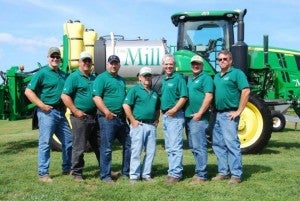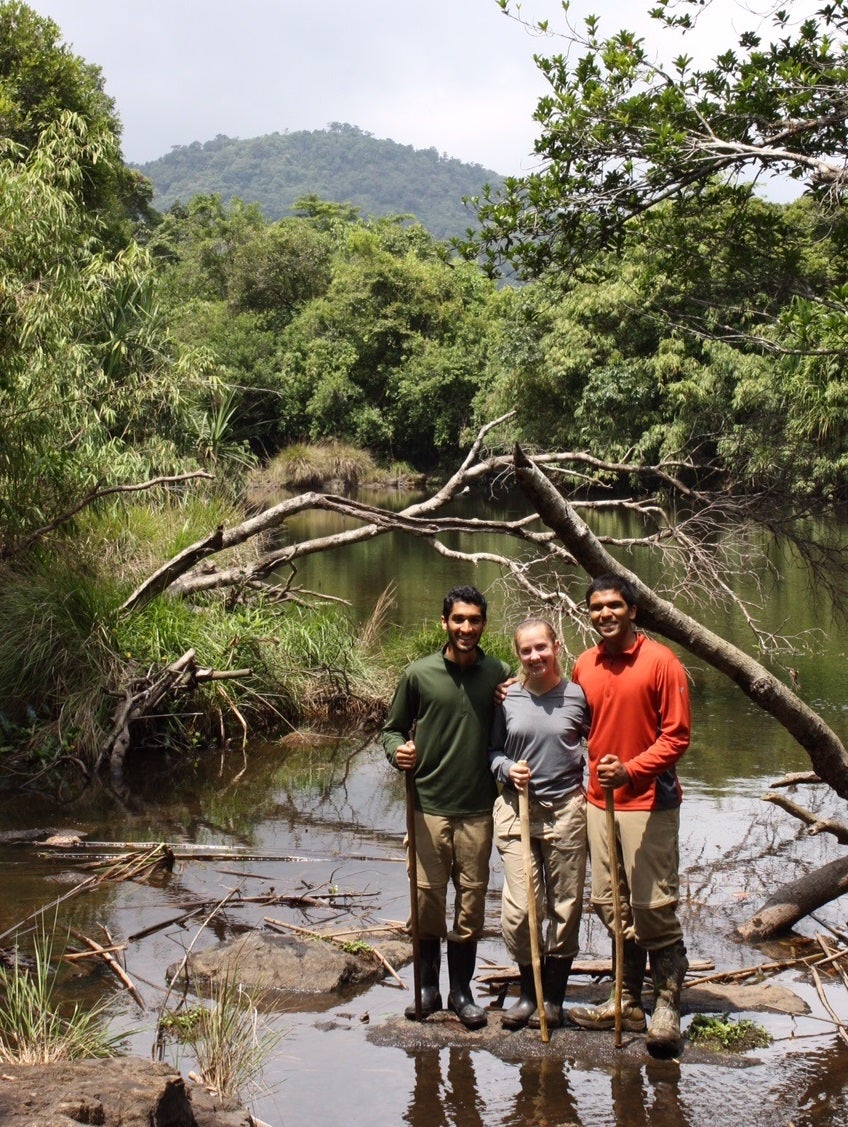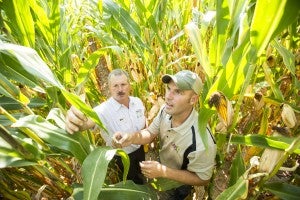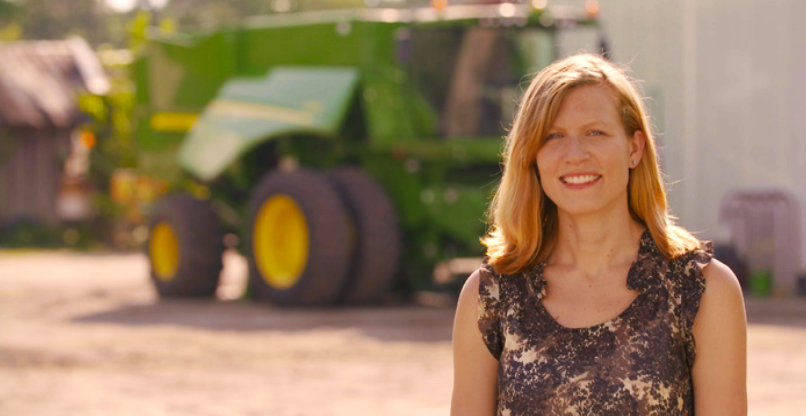
Credit: Flickr user jkc photos.
At the first field hearing for the 2018 farm bill held in Kansas last week, producers had one clear message for the Senate Agriculture Committee: the stakes for farmers have never been higher. Commodity prices are the lowest they’ve been in over a decade, and farmers’ incomes are predicted to drop nearly 10 percent this year.
Members of Congress – and the new Secretary of Agriculture – will have their hands full in helping producers navigate the innate uncertainties of farming, balancing the myriad needs of farmers in different geographies, and ensuring that growers remain profitable.
There are two bright spots offering some low hanging fruit for agricultural legislators:
- There’s agreement on at least one big issue: producers testifying last week conveyed a desire for continued funding for conservation programs in the farm bill.
- Government doesn’t have to go it alone when it comes to sustainable agriculture: the private sector’s investment in conservation is unprecedented, and companies are eager to collaborate.
Here’s how to increase the impact of these already popular conservation programs. Read More











 Journalist Michael Pollan deserves credit for elevating the national conversation about food. Over the course of 25 years, his articles and books have thoughtfully contemplated the troubling side effects of the American diet and the way our food is produced.
Journalist Michael Pollan deserves credit for elevating the national conversation about food. Over the course of 25 years, his articles and books have thoughtfully contemplated the troubling side effects of the American diet and the way our food is produced. Land O’Lakes SUSTAIN® platform – a powerful tool that can make a real impact in improving regional water quality — is coming to the Chesapeake Bay.
Land O’Lakes SUSTAIN® platform – a powerful tool that can make a real impact in improving regional water quality — is coming to the Chesapeake Bay.


